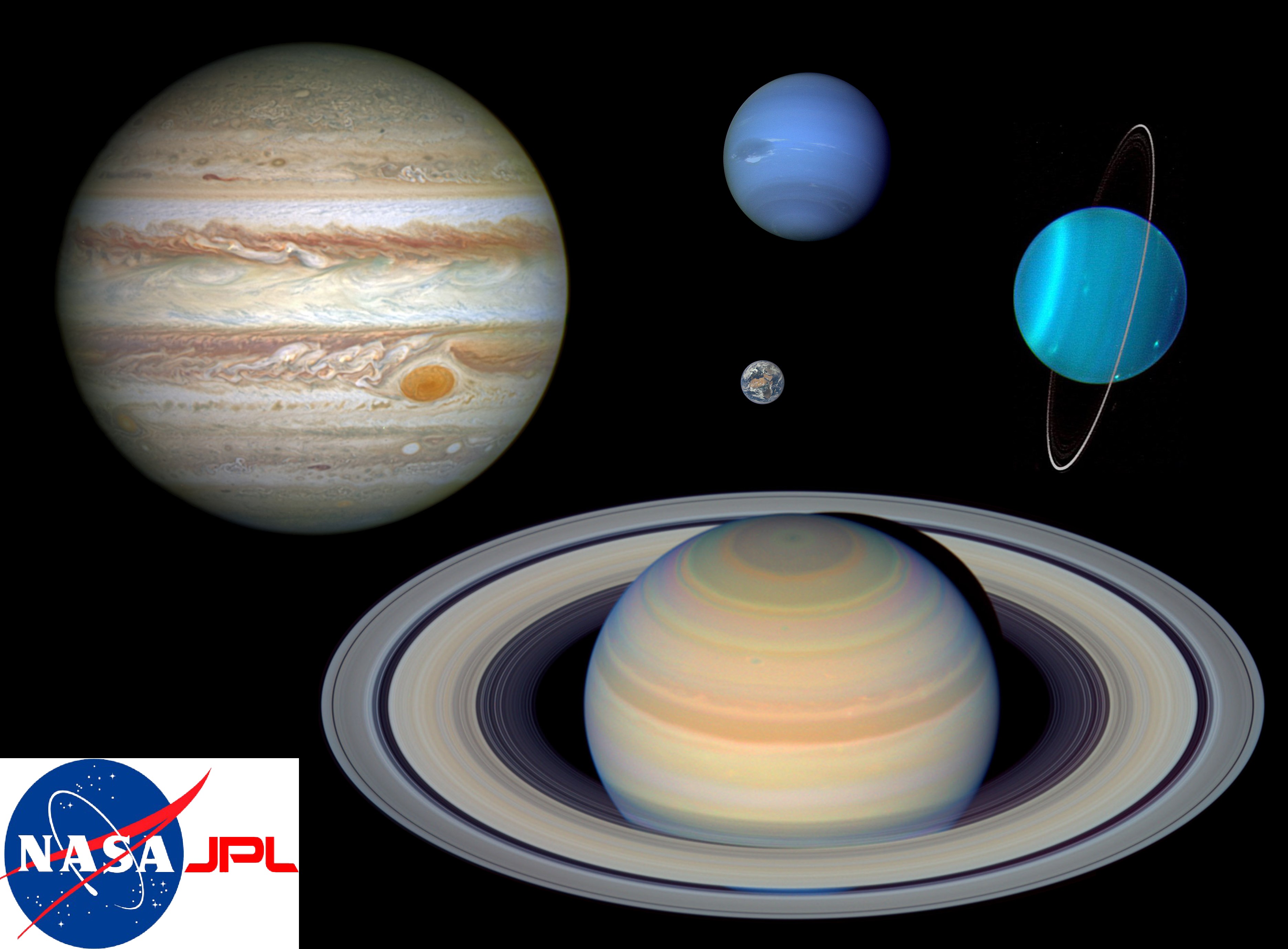Webinar on the research of giant planets: Jupiter, Saturn, Uranus and Neptune

This webinar will also be about far-away missions, often times taking place somewhere where no one has ever been before. Giant planets of the Solar system have answers to many key questions. This time, Dr. Mark Hofstadter, planetary scientist and member of the Jet Propulsion Laboratory NASA will talk about future missions to Jupiter, Saturn, Uranus and Neptune.
The talk will be dedicated to the importance of research of the giant planets in our Solar system and some of the main scientific questions about them. It will also outline current plans for European and American missions to the outer part of our Solar system. Topics will include issues such as:
- Are moons of the outer planets the most the most likely place to find life outside the Earth?
- How and where did giant planets formed?
- Did presence of Jupiter and Saturn helped formation of the Earth?
- Why are Saturn’s rings unique in the solar system?
- What drives the long-lasting storms observed on the outer planets?
- And what can bizarre magnetic fields of Uranus and Neptune teach us about fundamental physics of magnetospheres?
Lecture will be held by Dr. Mark Hofstadter, who is planetary scientist at laboratories of the Jet Propulsion Laboratory NASA, whose research focus is the use of radio telescopes to study the atmospheres of Saturn, Uranus and Neptune, as well as the nuclei and comas of comets. His observations are done on the Earth as well as spaceships. He is also involved in preparation of future missions to outer parts of Solar system and supports the international cooperation. He also served as the Principal Investigator of the MIRO instrument, a small radio telescope that flew the ESA Rosetta mission.
Webinar will take place on Wednesday, June 30, 2021 at 4PM at:
https://zoom.us/j/7312925489#success
Original author: P. Bobík
 Contact
Contact Intranet
Intranet SK
SK






